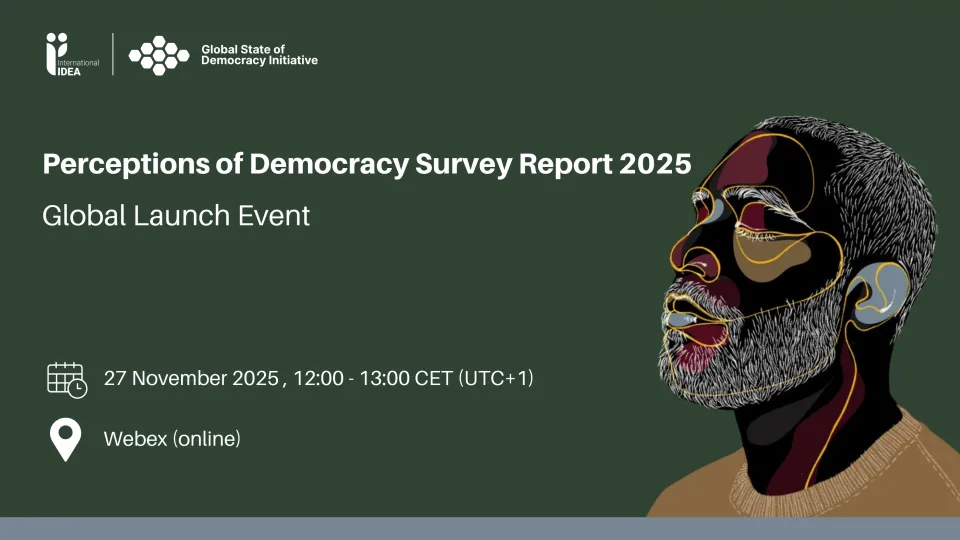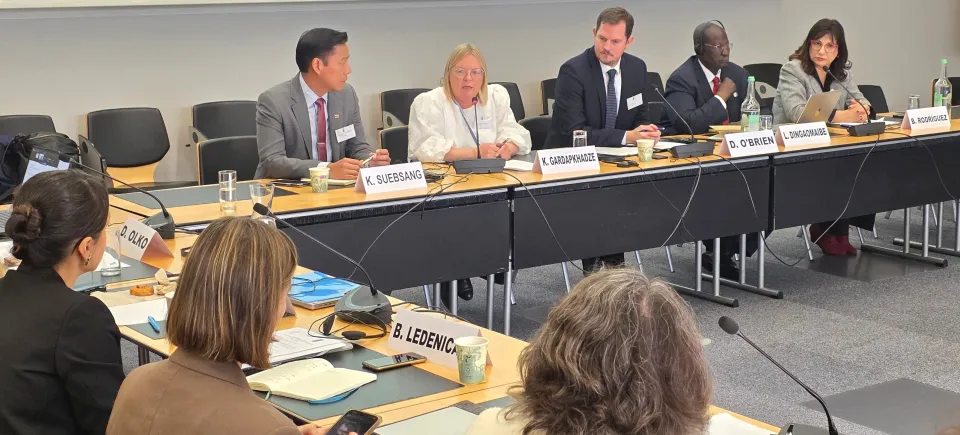Women and democracy in Latin America: time for parties to make a difference
Latin America has made considerable progress increasing political representation of women, but more active measures are needed to increase outcomes.
With an average of 23.9% in 2014, the proportion of women in lower houses of parliament or single-chamber legislatures in Latin America has increased by nearly 10 percentage points in just over 25 years. Although a notable increase, it is still far from the parity seen for example, in the Nordic countries (42.1%, on average).1 If we conclude that achieving the balance of power between the sexes is still elusive in these democracies despite this progress, we must ask what other institutional elements are needed to achieve it?
So far, the legal approval of quotas and, more recently, parity measures (50%-50%) have forced political parties to present more balanced candidate lists. Although each country has a different context and there are variations in regulations to achieve parity, wherever these have been well designed and implemented within the framework of a more favourable electoral system and/or with voters amenable to the idea, the election of women to the legislature has accelerated. Beyond that obligation, however, these ‘key’ stakeholders still have not fully and voluntarily assumed an active role in building a more representative democracy that is truly inclusive of women.
Following a study2 of 15 countries in the region, conducted by International IDEA and the Inter-American Development Bank, the statistics paint a less than encouraging picture:
- 55.1% of the parties analyzed have not included gender equality or non-discrimination on the basis of sex in their own by-laws
- Only 20.4% of their party national executives are women
- 12.9% of their secretaries general are women
- In parliamentary races, only 19.4% of the candidates heading electoral lists were women
- A mere 8.8% of congressional caucus spokespersons are female
In short, parliaments still fall short of equality. It is important to note that in the Nordic countries (where women have greater representation), the changes began when parties voluntarily adopted pro-equality measures, such as requiring that women hold between 40% - 50% of positions in party structures and/or on candidate lists.
Find out more about Gender and Politics in the Atlas of Electoral Gender Quotas book.
1 Data from the Inter-Parliamentary Union.
2 Figures soon to be released



